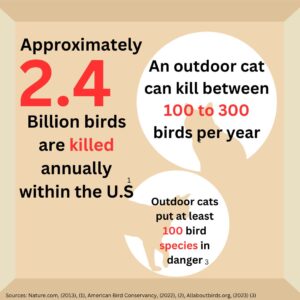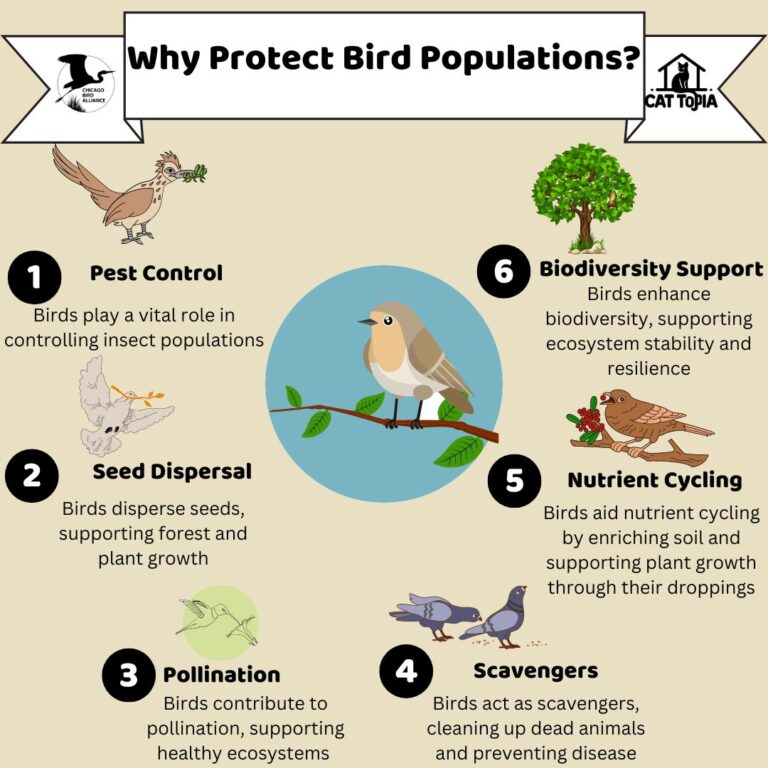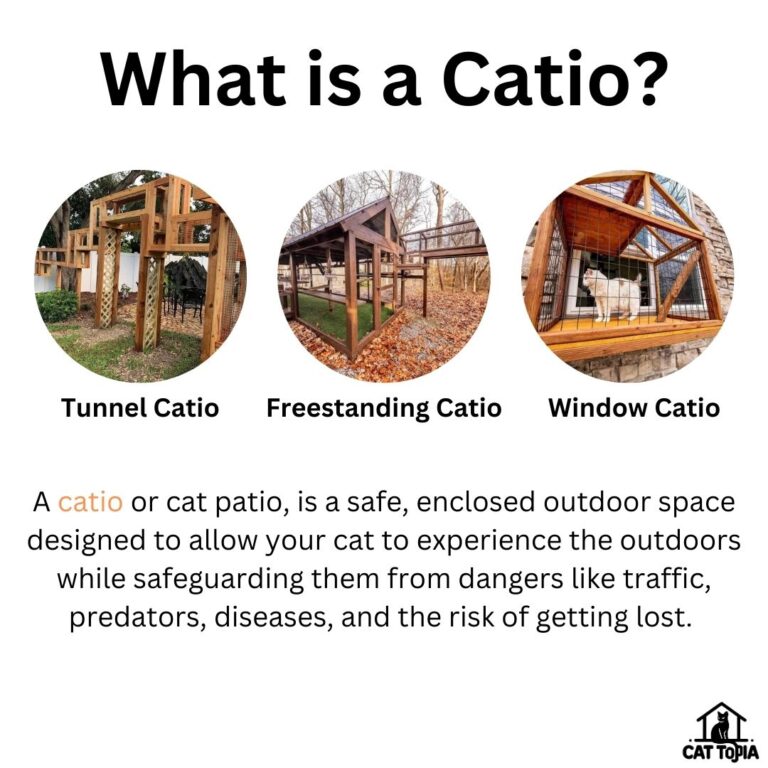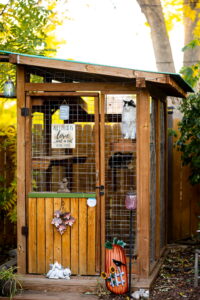With its lush parks, scenic riverfronts, and green neighborhoods, St. Louis is home to various bird species, from vibrant Northern Cardinals to migratory visitors like the Ruby-throated Hummingbird. These birds not only enhance our landscapes but also play essential roles in keeping our ecosystems healthy. However, household pets, especially cats and dogs, can pose risks to local bird populations. By understanding these impacts and practicing responsible pet ownership, St. Louis residents can help protect and preserve our local wildlife.
Outdoor Cats and Their Impact on Bird Populations

Cats are instinctive hunters, which can make them a significant threat to bird populations when they roam freely outdoors. In the U.S., outdoor cats are estimated to kill billions of birds each year. In St. Louis, where urban green spaces are critical habitats for nesting birds, the presence of roaming cats can have particularly harmful effects on species that nest close to the ground, such as the Song Sparrow and House Finch.
Free-roaming cats not only directly affect bird populations but also disrupt sensitive habitats in natural areas and parks across St. Louis. This disruption can hinder the recovery of vulnerable species, including the American Woodcock and Least Tern, whose populations rely on stable and undisturbed environments to thrive.
Why Birds Are Vital to St. Louis Ecosystems
Birds are crucial to maintaining the balance of our ecosystems. Here are some of the vital services they provide:
- Pest Control: Birds like the Barn Swallow and Purple Martin are natural insect controllers, reducing the need for chemical pesticides and benefiting agricultural and urban landscapes.
- Seed Dispersal: Many birds, including Blue Jays and American Robins, aid in seed dispersal, promoting the growth of forests and native plants across our green spaces.
- Pollination: Species such as the Ruby-throated Hummingbird contribute to pollination, supporting the biodiversity of local flora.
- Scavenging: Vultures and crows help clean up carrion, preventing the spread of disease and contributing to a balanced ecosystem.
- Nutrient Cycling: Birds enrich the soil with their droppings, aiding plant growth and promoting healthier habitats.
- Biodiversity: By occupying various ecological roles, birds support the resilience and diversity of ecosystems, enhancing stability.

Responsible Pet Ownership: Key to Coexisting with Birds
Responsible pet ownership involves more than basic care—it’s about making thoughtful choices to protect local wildlife. Here are steps St. Louis pet owners can take to ensure their pets coexist harmoniously with birds and other wildlife:
- Keep Cats Indoors or in Catios: Keeping cats indoors or allowing them safe outdoor access with an enclosure (like a catio) prevents them from hunting birds and reduces risks to their own safety.
- Leash Dogs in Natural Areas: Leashing dogs, especially in areas where birds are known to nest on the ground, prevents the disturbance of nests and young birds.
- Create Bird-Friendly Spaces: For those who love both pets and birds, combining bird-friendly landscaping with responsible pet management is a wonderful way to enjoy both.
Catios: A Safe Outdoor Option for Cats
For cat owners who want to give their feline companions a taste of the outdoors without the risks, catios offer a safe and enriching solution. These enclosed outdoor spaces allow cats to experience fresh air and watch wildlife safely from within. Available in a variety of sizes and adaptable to nearly any setting, catios offer enrichment for your cat without the risk to local bird populations.
Catios are also an excellent option for providing year-round mental stimulation for cats, especially if you add a cat flap door connecting the catio to the house, giving them free access at any time. This setup lets your cat enjoy the sights, sounds, and smells of nature on their own terms without disrupting local wildlife.

Dogs and Ground-Nesting Birds: Keeping Parks Safe for All
Dogs, too, can impact local bird populations, particularly ground-nesting birds like the Killdeer and American Woodcock. Dogs that run off-leash in parks can disturb these birds’ nests, leaving eggs and chicks exposed to predators and other dangers. Being a responsible dog owner in St. Louis means keeping your dog leashed and under control in natural areas, especially during nesting seasons, to protect these sensitive species.
Making Your Backyard Bird-Friendly
Creating a backyard that welcomes birds is a rewarding way to support local wildlife, but it works best when balanced with pet management. Planting native shrubs and trees provides essential food, shelter, and nesting sites for birds. Bird feeders, baths, and nesting boxes can attract a range of species to your yard, offering endless bird-watching opportunities. However, if pets are allowed to roam freely, these efforts could inadvertently harm the very wildlife you’re trying to protect. Combining a bird-friendly yard with thoughtful pet practices ensures that both pets and local wildlife can thrive safely.

Protecting St. Louis Birds: A Shared Responsibility
Safeguarding St. Louis’s birds is a shared effort among all residents. By managing your pets responsibly, whether that means keeping cats indoors or on a catio, or leashing dogs in sensitive areas, you contribute to the protection of our local bird populations. With small, mindful steps, St. Louis pet owners can balance the joy of having pets with a commitment to wildlife conservation, creating an environment where both pets and birds can flourish.




